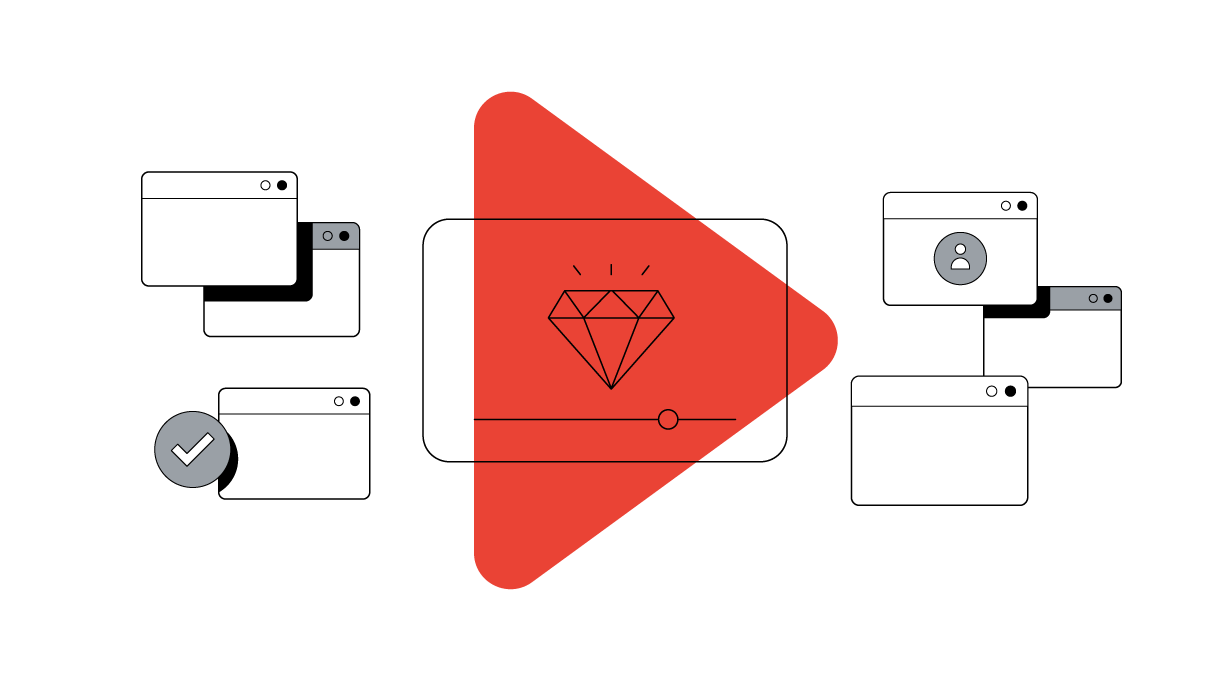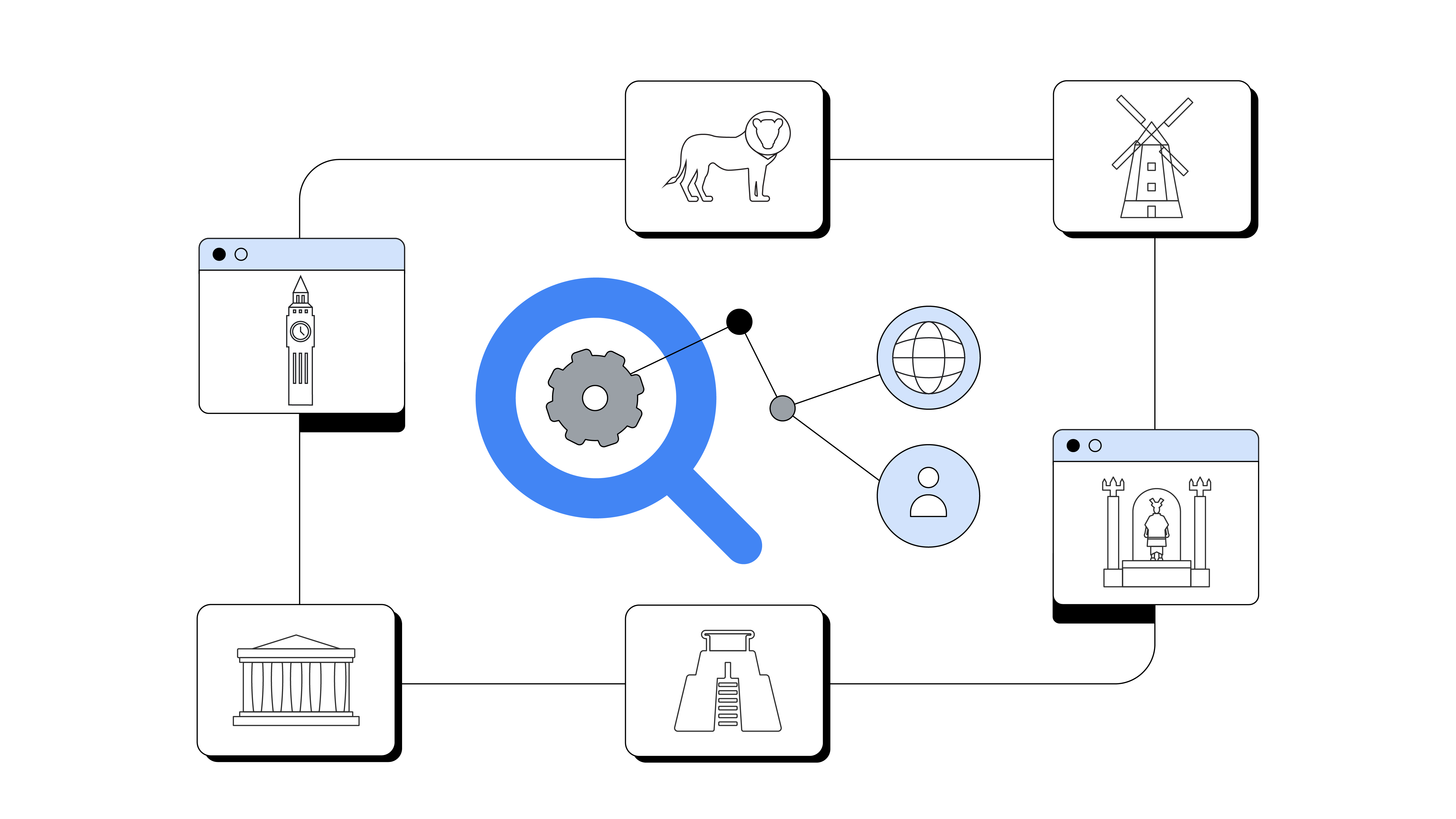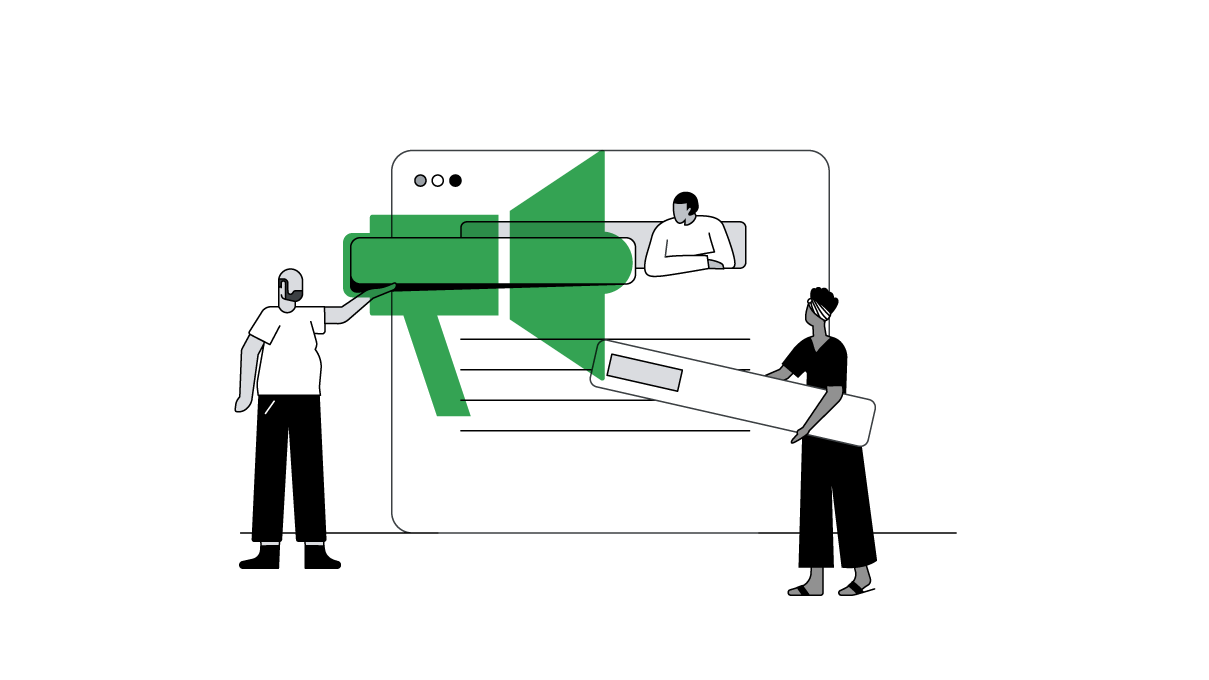Today consumers no longer simply suggest brands play a role in building a more sustainable and inclusive world — they expect them to. With this demand higher than ever — and with myriad ways to tell their stories — brands are looking for better tools to drive change. So with some staggering ambitions, we put YouTube’s formats to the test, and what we discovered set a new standard for creative storytelling.
To prove that storytelling can drive change, YouTube partnered with the United Nations and Tribeca Enterprises to present eight teams of world-class creative agencies and filmmakers with a globally important challenge: Use sequential storytelling to raise awareness for The Global Goals for Sustainable Development and inspire viewers in ways more impactful than a single ad spot.
Addressing issues from gender equality to climate action to quality education, the creative teams developed YouTube ad campaigns with real-world outcomes. Each campaign drove greater awareness and decisive action for its cause, ultimately increasing traffic to the The Global Goals website by over 120% from the previous year.1
The work uncovered six key learnings that will change the game for future creators.
1. Play with your sequential storytelling structure to get viewers engaged
Whether preparing a viewer for a long-form piece, reiterating a key point, or breaking down a story for greater impact, ad sequencing allows you to build your story in ways like never before. The “Sustainable Cities and Communities” team primed viewers for a long-form film with teaser content of a similar look and feel, resulting in an 85% higher viewer rate than the next most-viewed video. The “Zero Hunger” campaign used follow-up messages featuring different characters to emphasise an important point about food waste. Other campaigns benefited from breaking down rich stories, such as the “Life Below Water” mockumentary about individual pollutants in our oceans.

Watch the sequential stories for Global Goal 11: Sustainable Cities and Communities
“What the audience knows, feels, and likes — and what they don’t — is at the heart of sequencing. People’s levels of engagement and interest are going to be different across generations. With sequential storytelling, we can overcome this challenge by finding and telling stories that resonate with each individual viewer.”
2. A second chance can be more powerful than a first impression
You can influence viewership and engagement by treating watchers and skippers differently. For example, the “Responsible Consumption and Production” team hypothesised that they could regain viewer’s attention by using a punishment song to “roast and retry” someone who skipped their ad. And it worked: View rate increased or remained steady on videos following the “retry,” and the video immediately following the “roast” had a watch time 49% higher than the campaign average.

Watch the sequential stories for Global Goal 12: Responsible Consumption and Production
“Hedging everything on a single asset is pretty common, but that’s a super methodical and factory-like approach to marketing. I like the surround sound you can create with sequential storytelling. You still have one core idea, but you have the ability to reengage viewers to expand the power of your message.”

Watch the sequential stories for Global Goal 4: Quality Education
“When people choose to skip over our stories, the least we can do is acknowledge that and respond accordingly. Rather than simply serving the same ad over and over again, we can take a stab at figuring out why someone skipped it, then share something that’s more likely to catch their eye.”
3. Consistent visual cues help reinforce your message
When it comes to effectiveness, the number of stories in a sequence doesn’t matter as much as the connection that can be established between them. All the campaigns that resulted in a large lift in consideration had a repeated visual cue, whether it was a red sweatshirt in “No Poverty,” a gold backdrop in the “Responsible Production and Consumption,” or clouds of purple smoke in “Climate Action.”

Watch the sequential stories for Global Goal 5: Gender Equality
“All of our sequences featured various female figures in people’s lives to make sure everything felt thematically cohesive. This helped viewers recognise that each bit was part of a bigger picture, which mirrored how recognising and preventing each microaggression is a key step toward gender equality.”
4. Front-load your sequence to boost its performance
A front-loaded ad can maximise impact, and a front-loaded sequence can have similar results. Instead of fixating on completion rate, the creative teams thoughtfully considered the purpose and potential impact of each ad, ensuring the story and key message were clear, even if viewers didn’t finish watching the sequence.

Watch the sequential stories for Global Goal 14: Life Below Water
“People are just hovering right over the skip button, so you have to have a really quick, high-quality payoff. Starting off your videos with a hook is so important. Everything from an unexpected title to a surprising tune can let viewers know that the story they’re about to see will be worth their time.”
5. Instead of sharing the same ad frequently, tell different parts of the story
Using several different ads in sequence performs better than repeating the same ad. According to Ipsos, video sequences with three ads increased key message retention by 89% — much higher than two repeating ads.

Watch the sequential stories for Global Goal 1: No Poverty
“Each sequence has the potential to spark a meaningful connection with your audience and take them on a journey around a single, familiar message, which in turn builds brand familiarity. These frequent yet seamless interactions are what’ll boost your performance over time.”

Watch the sequential stories for Global Goal 13: Climate Action
“Linear stories typically give us one shot to get it right. Breaking down a film-like story into sequences gives us more freedom to experiment and cultivate multiple interactions within a single campaign.”
6. Let sequencing guide your viewer through the funnel
The teams found that ad sequencing offered greater audience context and narrative control than traditional ad campaigns, which enabled them to use clearly differentiated messaging to reach a variety of viewers. This intentional approach led to an increase in consumer awareness and consideration, as well as a huge uptick in site visitors for the Global Goals.

Watch the sequential stories for Global Goal 2: Zero Hunger
“One of our biggest challenges was deciding which ideas not to pursue, because sequencing offers seemingly endless possibilities. Focusing on what we wanted people to take away from each video, whether that be awareness or action, is what guided us.”
Whether brands are trying to change the world or drive business growth, ad sequencing has the power to help tell stories that drive real, sustained impact.






